As a critical medical diagnostic device, polycarbonate (PC) laryngoscopes are widely used in clinical practice due to their high transparency, impact resistance, and biocompatibility. However, based on material properties, manufacturing processes, and clinical feedback, structural defects and performance optimization gaps persist in these products. This article systematically analyzes existing issues in PC laryngoscopes from three dimensions—material science, manufacturing technology, and quality control—and proposes technical improvement solutions.
I. Material-Induced Technical Challenges
1. Residual Internal Stress and Deformation Risks
PC materials are prone to internal stress during injection molding due to uneven cooling rates, leading to lens warping or optical fiber fractures. Studies indicate that when mold temperatures fall below 80°C, the deformation rate of PC laryngoscopes can reach 12%, directly affecting optical imaging accuracy. Production-side solutions include:
-
Optimizing injection parameters: Raising barrel temperatures to 280–300°C and mold temperatures to 120–140°C, while adopting a stepped cooling process.
-
Implementing annealing treatment: Subjecting molded parts to a 120°C, 2-hour heat treatment to eliminate residual stress.
-
Improving mold design: Using fan-shaped gates combined with cold slug wells to reduce weld line formation.
2. Demolding Difficulties and Surface Defects
PC materials’ high friction coefficient with mold steel increases the risk of lens scratches or roughness during demolding. Production data show that without mold release agents, surface defect rates reach 8.3%. Solutions include:
-
Mold surface treatment: Applying titanium nitride coatings or nanoscale polishing to reduce surface roughness to below Ra0.05μm.
-
Optimizing mold release agent formulations: Developing specialized water-based agents with fluoropolymer content controlled at 1.5–2.0%.
-
Enhancing demolding mechanisms: Combining pneumatic ejection with hydraulic buffering systems to maintain ejection forces within 50–80N.
II. Manufacturing Process-Induced Performance Defects
1. Insufficient Optical System Precision
The optical performance of PC laryngoscopes is affected by parameters such as lens curvature radius and optical fiber arrangement density. Clinical studies show that deviations in curvature radius exceeding ±0.1mm reduce vocal cord imaging clarity by 37%. Production-side improvements include:
-
Ultra-precision machining: Using five-axis CNC machines to achieve lens processing tolerances of ±0.005mm.
-
Optimizing optical fiber arrangement: Developing laser-guided alignment systems to increase fiber density to 1,200 fibers/cm².
-
White balance calibration: Integrating spectrometer-based real-time calibration to limit color temperature deviations to ±50K.
2. Seal Structure Failure Risks
Laryngoscopes require IPX7 waterproofing, but conventional O-ring designs are prone to aging and leakage. Lab tests indicate that silicone O-rings exhibit 15% leakage rates after 200 cycles. Improvement strategies include:
-
Dual O-ring sealing: Combining fluororubber primary seals with PTFE secondary seals.
-
Dynamic seal testing: Deploying automated leak detection equipment at 0.3MPa pressure for 30-second dwell tests.
-
Sealing surface treatment: Applying laser micro-texturing to achieve contact surface roughness of Ra0.2μm.
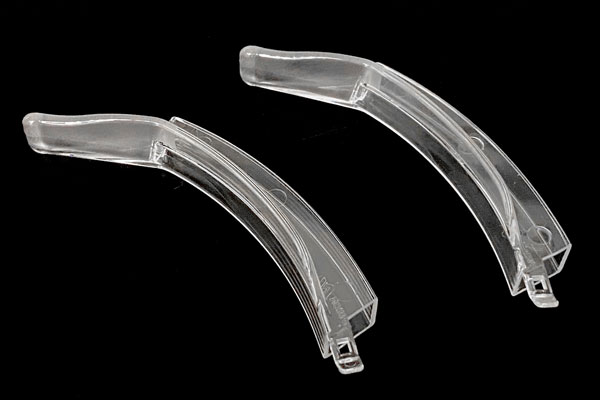
III. Technological Upgrades in Quality Control Systems
1. Raw Material Batch Consistency Control
PC material molecular weight distribution variations cause product performance fluctuations. Enterprises implement:
-
Supplier tiered management: Requiring melt flow rate (MFR) CV values ≤1.5%.
-
Near-infrared spectroscopy analysis: Conducting molecular chain structure testing on each batch.
-
Pre-drying processes: Reducing moisture content to below 0.02%.
2. Process Inspection Technology Upgrades
Traditional visual inspections fail to detect micron-level defects. Enterprises deploy intelligent inspection systems featuring:
-
Machine vision: Using 20-megapixel industrial cameras with 0.01mm detection accuracy.
-
Ultrasonic flaw detection: Performing 100% fiber bundle inspections with 0.005mm² defect sensitivity.
-
Fatigue life testing: Accelerated aging units simulating 5,000 cycle operations.
3. Sterilization Process Optimization
Ethylene oxide (EtO) residue is a clinical concern. Improvement measures include:
-
Vacuum aeration process optimization: Raising temperatures to 55°C and extending aeration to 72 hours.
-
Residue detection: Using headspace gas chromatography with 0.1μg/g detection limits.
-
Packaging material upgrades: Employing medical-grade Tyvek® composites with oxygen transmission rates ≤0.5cm³/(m²·24h·0.1MPa).
IV. Clinical Feedback-Driven Technological Iteration
2024 clinical data from a tertiary hospital show PC laryngoscope failure rates concentrated in:
-
Blurred images (32%): Caused by lens contamination or white balance misalignment.
-
Jammed operation mechanisms (28%): Resulting from worn adjustment knobs or insufficient lubrication.
-
Seal failures (18%): Due to inadequate O-ring compression or assembly tolerances.
To address these issues, manufacturers should establish:
-
Clinical demand databases: Aggregating feedback from over 500 medical institutions.
-
Rapid iteration mechanisms: Reducing design cycles from 18 to 6 months.
-
Failure mode and effects analysis (FMEA): Conducting risk priority number (RPN) assessments for critical components.
Conclusion
Technical improvements for PC laryngoscopes must span material R&D, process optimization, and quality control. By integrating ultra-precision machining, intelligent inspection, and failure analysis technologies, product performance and reliability can be significantly enhanced. Future advancements will integrate 3D printing and AI, driving PC laryngoscopes toward personalized customization and intelligent diagnostics to provide safer, more efficient clinical tools. Manufacturers must establish clinical-demand-driven innovation systems to sustain medical device industry upgrades.
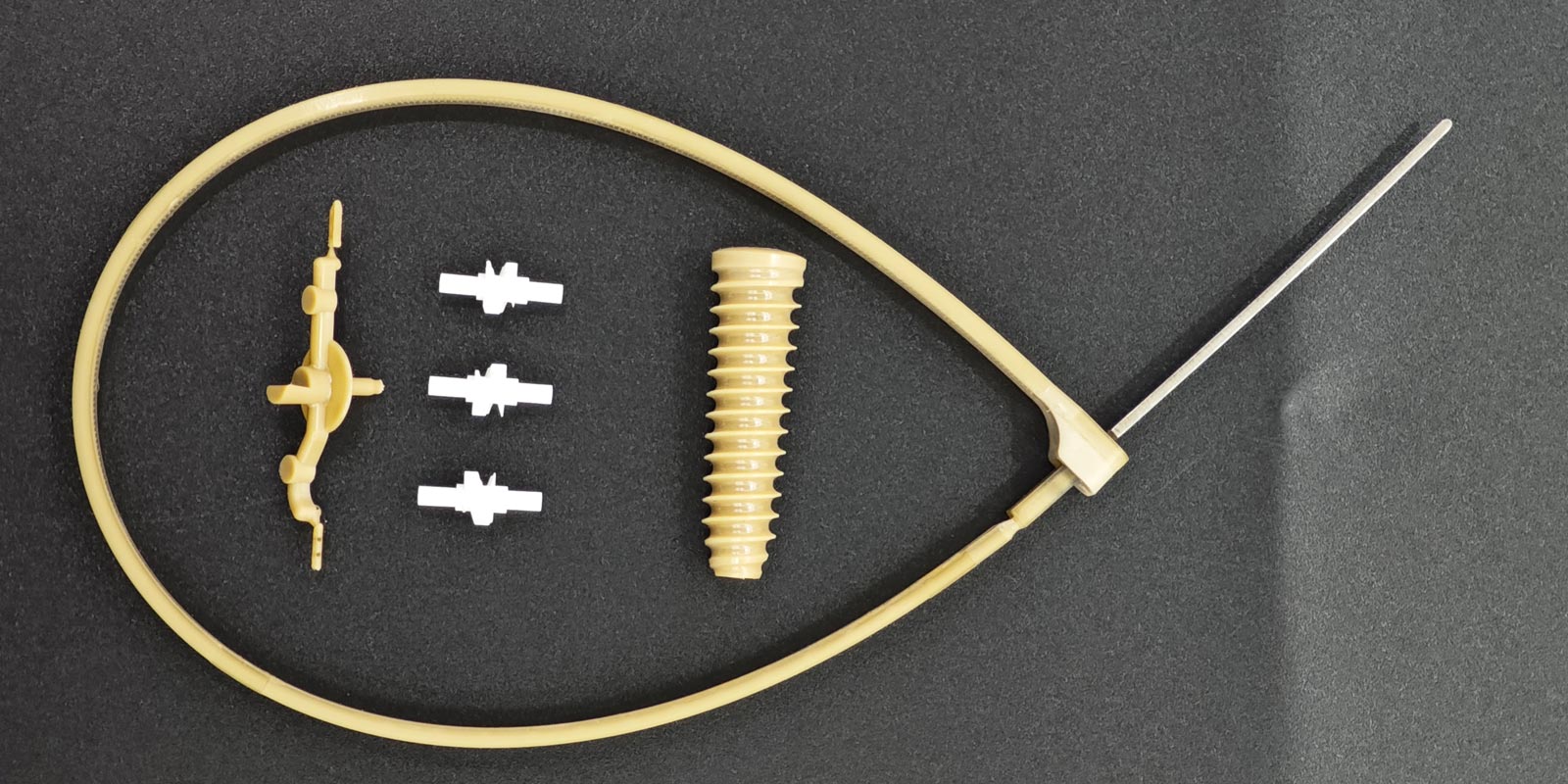
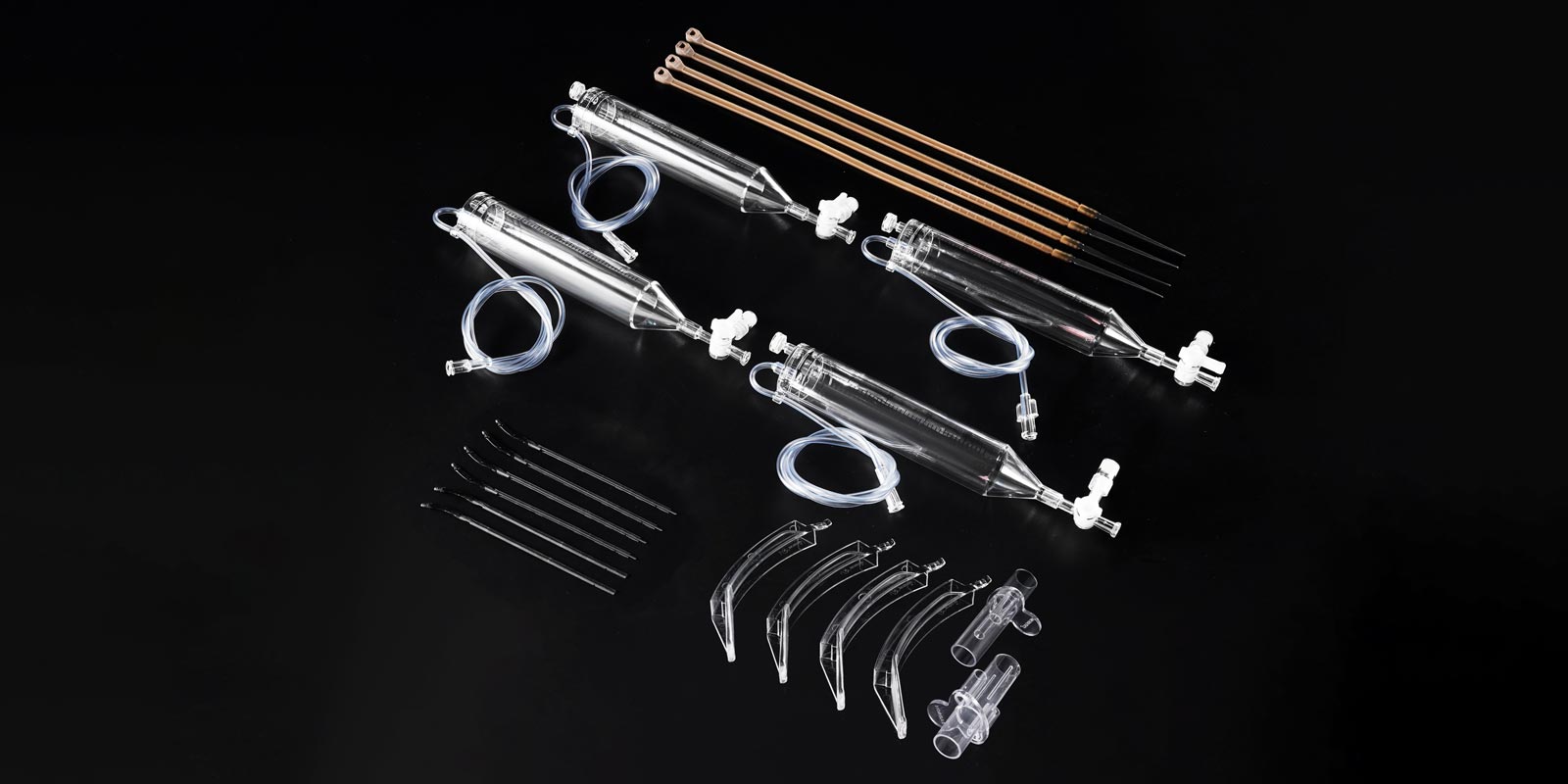
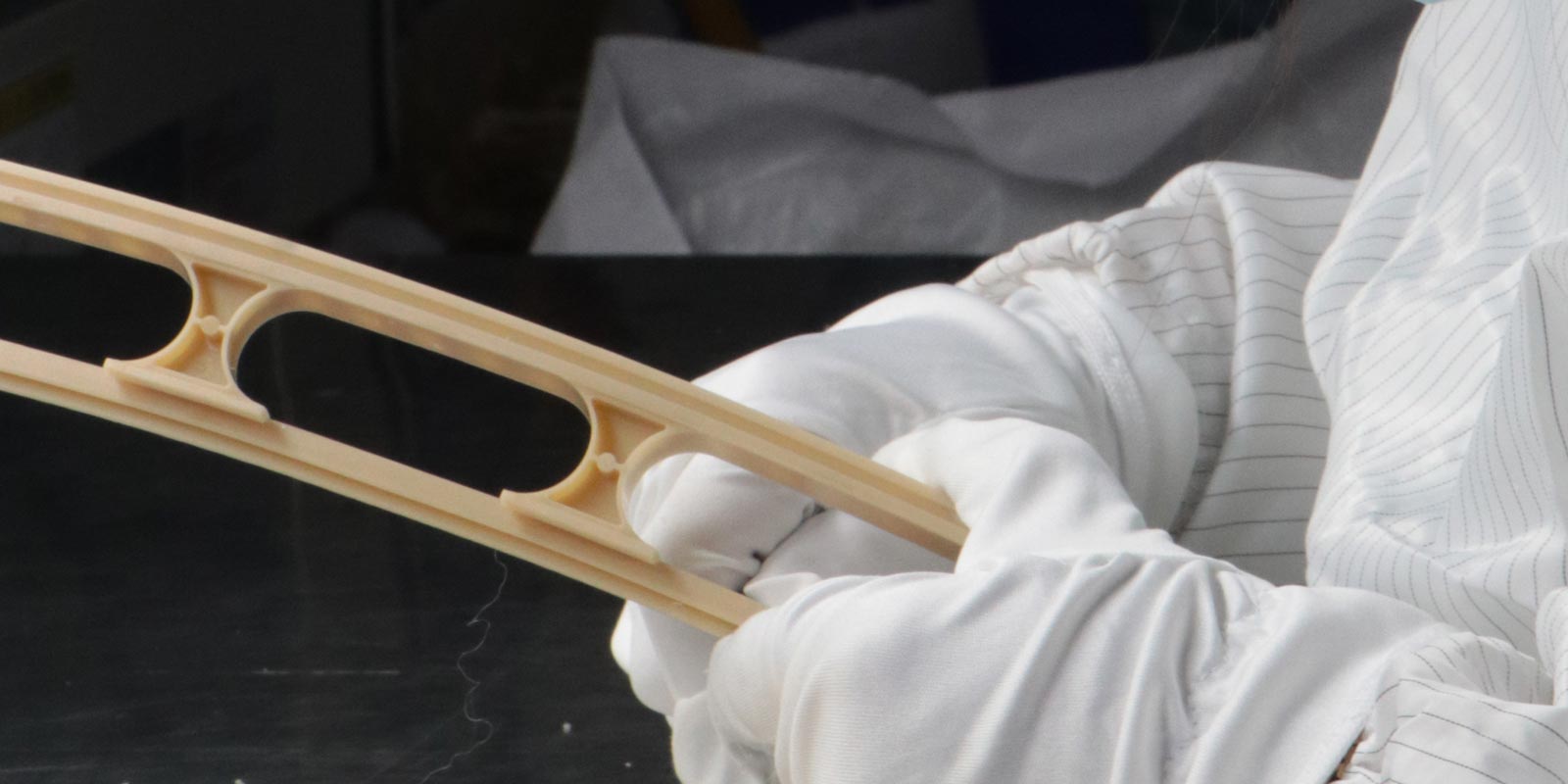
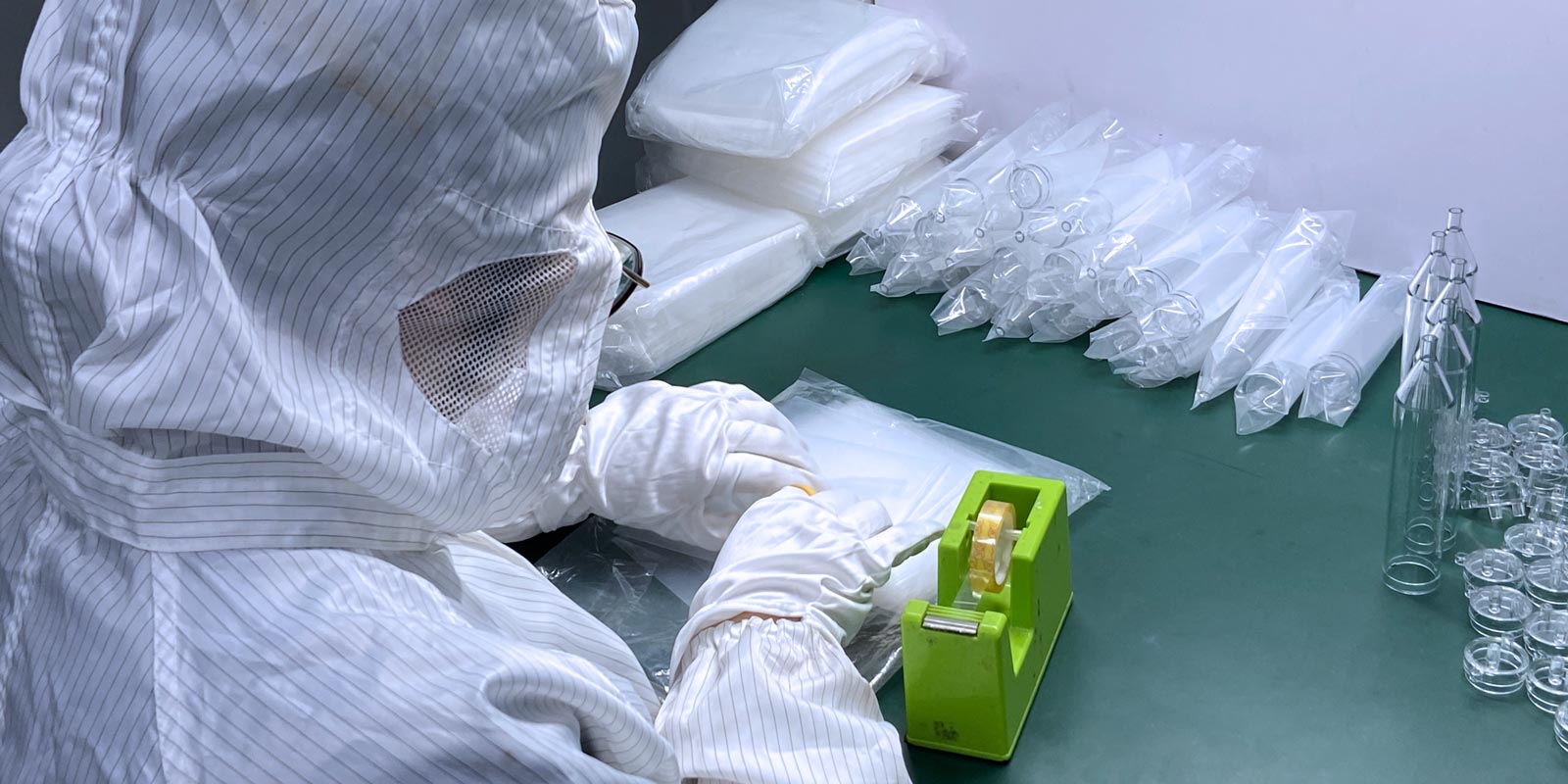
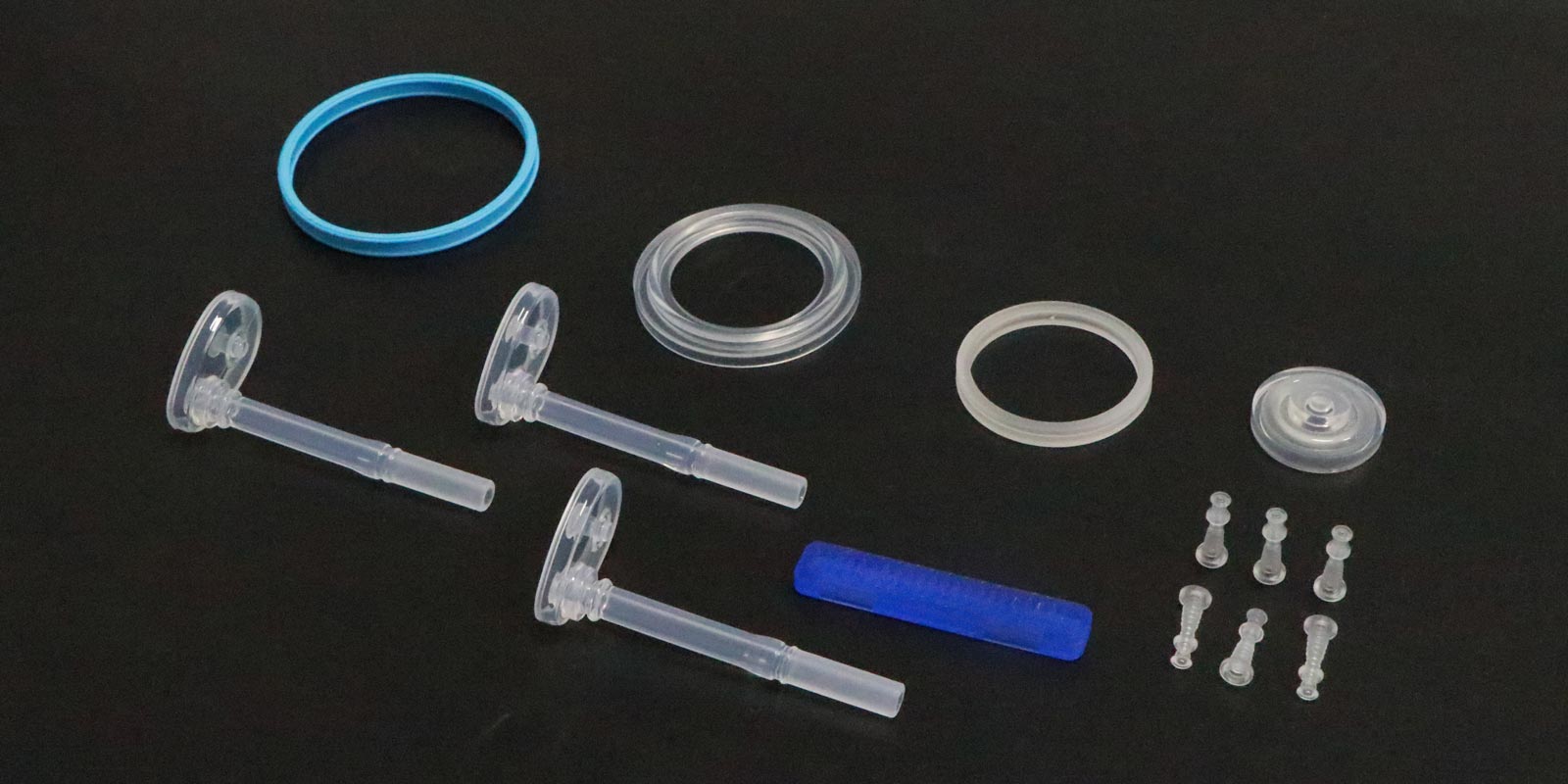











 Home
Home
